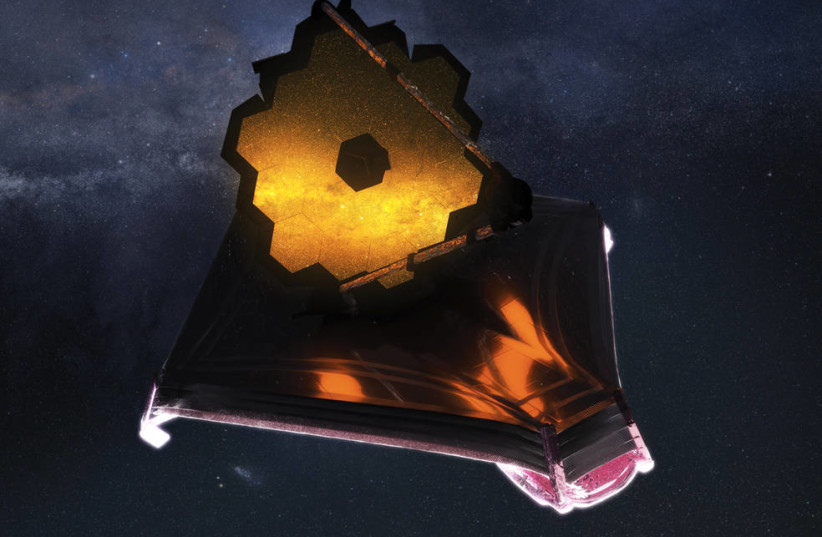New high-resolution images of the Fomalhaut debris disk system from the James Webb Space Telescope (JWST) revealed the discovery of a new asteroid belt in a distant solar system. This provided evidence of a complex and possibly active solar system, according to researchers.
In a peer-reviewed study published in Nature Astronomy, a 440-million-year-old star called Fomalhaut hosts one of the universe's best-known debris disks. Though it is approximately 25 light years away from our solar system, researchers have learned that Fomalhaut's debris disks (made of pebbles, dust, and other star remnants) can be compared to an asteroid. Specifically, they can be compared to asteroids in our solar system. The sensitivity of JWST has revealed complex features of the belts that had not been seen before.
András Gáspár, a lead researcher on this study, along with his colleagues, analyzed the images collected of the debris following the debris system. Gáspár and team used the Mid-Infrared Instrument available onboard the JWST to further analyze images. The images shown revealed an outer ring that was previously unseen because it was narrow and because the gravitational pull of unseen planets hidden in the belts.
This newly discovered belt may have been discovered after a collision triggered a dust cloud.
The build of the debris belts, their alignment, and evidence of collision events suggest that Fomalhaut is surrounded by a dynamically active planetary system, according to study authors.

What is a Kuiper belt?
The Kuiper belt is a flat ring of icy bodies revolving around the sun that come from Neptune. The "belt" is made of millions of objects, primarily debris from outer planets, with orbits on the plane of the solar system, according to Brittanica.
This formation is also believed to be the source of comets only seen for a short period of time, typically those which orbit the sun for less than 20 years. The Kuiper belt was undetected until the 1990s, according to scientists, when sensitive light detectors and larger telescopes became more readily available to researchers.
The Kuiper belt was formed as a result of the aforementioned debris disks. Their dust grains lead to the formation of "planetesimals," before becoming rocky planets and even gas-rich planets, according to scientists at Pennsylvania State University. While planetary growth can be complicated, dust and gas can keep the planet from forming properly.
What is an asteroid and what can it teach us about Earth?
Asteroids are made up mostly of rocks, therefore keeping them from typically forming a tail when approaching the sun. Comets are different - they are comprised of both ice and rock and form tails near the sun as they are vaporized and blasting off any materials on their surface and producing a trail of anything in excess. They leave trails of this material in passing.
When Earth passes a debris trail, that's what creates what we see as a meteor shower - a swarm of shooting stars!
Asteroids also have the potential to teach us about the origins of Earth and other planets in the solar system. According to a previous study, identifying the composition of asteroid 162173 Ryugu, scientists were able to learn more about the origins of life on Earth based on the composition of this asteroid.
Ryugu is believed to be an Ivuna-like carbonaceous chondrite (CI chondrite) asteroid, meaning its chemical composition is similar to the Sun's photosphere. In other words, it can basically be said to be similar to what the Sun was made out of if all the gas was taken away. This is important because it is essentially an early image of the solar system's earliest moments.
The Hayabusa2 mission brought back a sample from the asteroid that has been perfectly preserved without being exposed to the atmosphere. For this reason, the sample is untainted and remains the ideal material for studying the early days of the solar system.
Earth also has volatile elements like zinc. However, it is located nowhere near the outer asteroid belt but is closer to the Sun.
So how did it get elements like zinc? Most likely, Earth in its formation managed to accrete a number of volatile materials from the outer solar system. The Ryugu sample, which has high-purity materials ripe for analysis, has these same volatile elements from the early days of the solar system. It may be that they are the best tools to study these early building blocks of the planet on which we all live.
